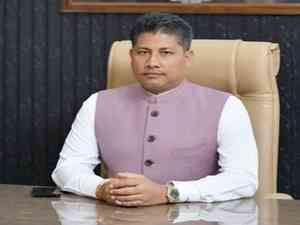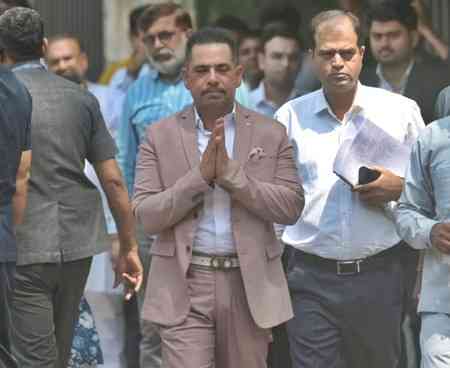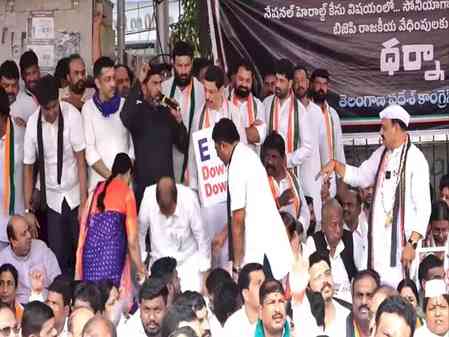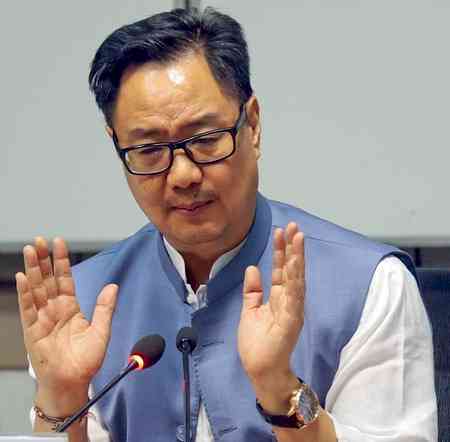We may follow Haryana model to win Assam polls: Pijush Hazarika
Assam Minister Pijush Hazarika on Wednesday said that the BJP’s return to power in Haryana for the third consecutive term is a remarkable achievement and Assam may follow the Haryana model when the northeastern state will head to polls in 2026.

Guwahati, Oct 9 (IANS) Assam Minister Pijush Hazarika on Wednesday said that the BJP’s return to power in Haryana for the third consecutive term is a remarkable achievement and Assam may follow the Haryana model when the northeastern state will head to polls in 2026.
Hazarika told reporters here, “Our party won the Haryana assembly polls after staying in power in that state for 10 years. This is a very big thing. Any party that wins state polls for the third consecutive term is a remarkable thing and the BJP showed it in Haryana.”
He said that when Assam goes to polls in 2026, the state unit of the BJP may follow the Haryana model.
“We will complete 10 years in power in Assam before the next assembly polls in 2026. Our party will seek a win for the third consecutive term two years later. At that time, we may follow the Haryana model where our party made a hattrick in the recently concluded polls,” Hazarika said adding that in many parameters other states have been following the Assam model and hence there is no harm in taking good things from other states.
The minister stated, “The Assam government’s direct cash transfer scheme to women - Orunodoi was successfully replicated by many states in the country. We have given 1.5 lakh jobs in the last three years which is also a talking point in national politics.”
Notably, the BJP surprised everyone by winning 48 seats and securing a third straight term in the Haryana Assembly elections.
According to pollsters, this achievement is due to a number of important tactics. First, important OBC support was obtained by consolidating non-Jat votes, especially by confirming Nayab Singh Saini as chief minister.
Second, in order to fight anti-incumbency, the party replaced 60 candidates with new ones, which was a stark contrast to Congress' strategy.
Third, development and Direct Benefit Transfers were the focus of intensive campaigning. Furthermore, anti-BJP votes were diminished by a dispersed opposition.
Lastly, the BJP won the polls due to its strong election apparatus, which performed better than the Congress.


 IANS
IANS 








